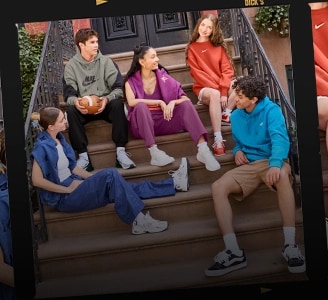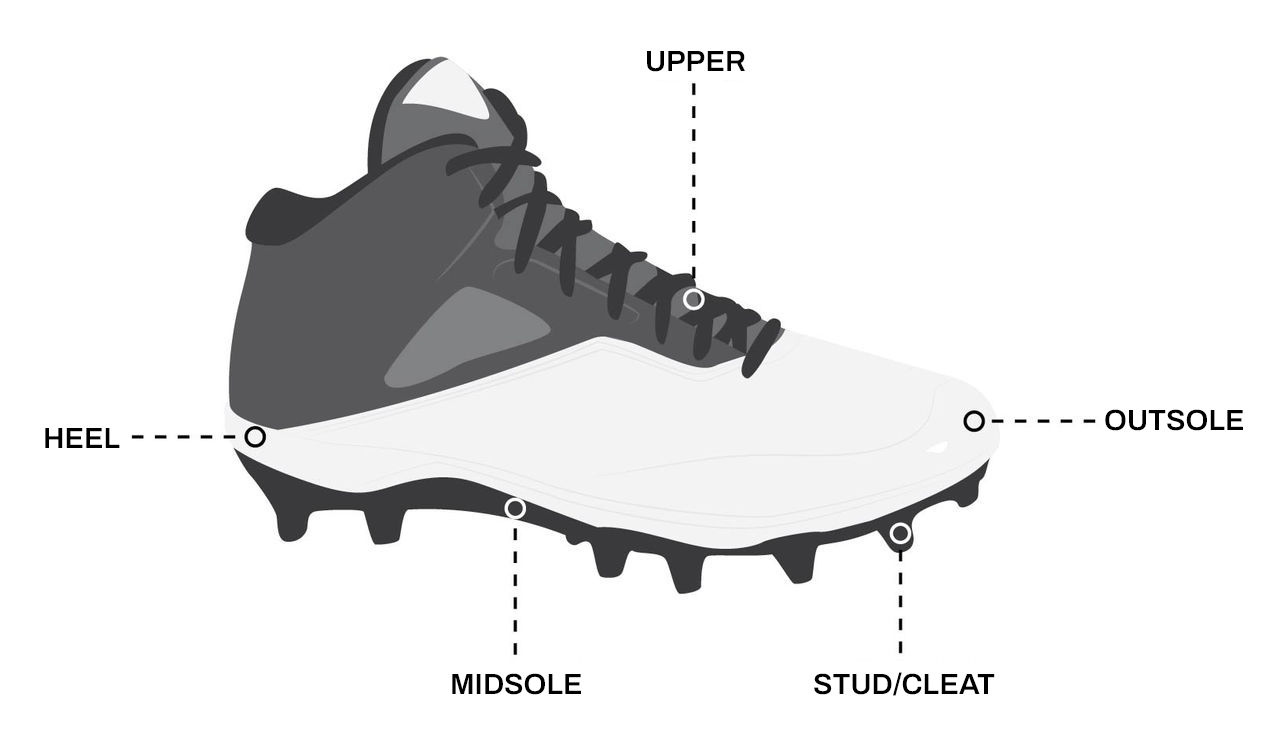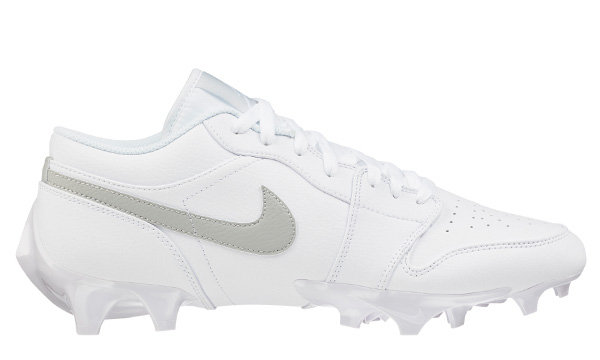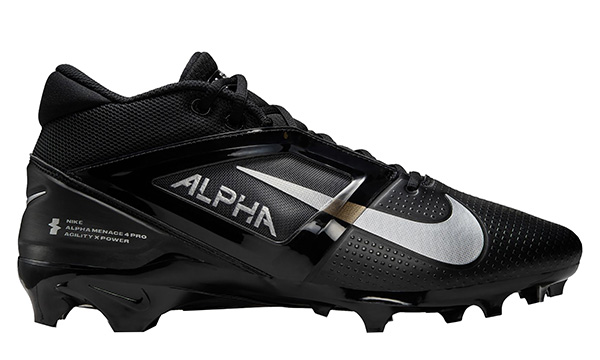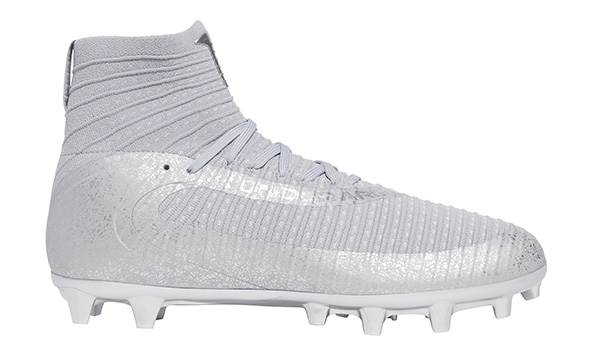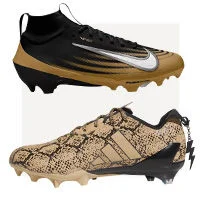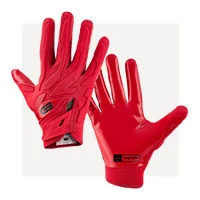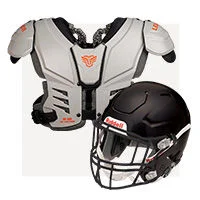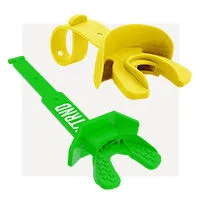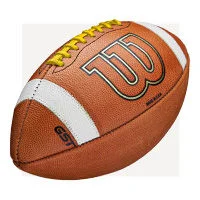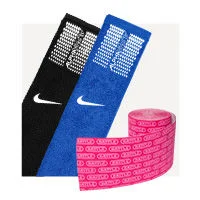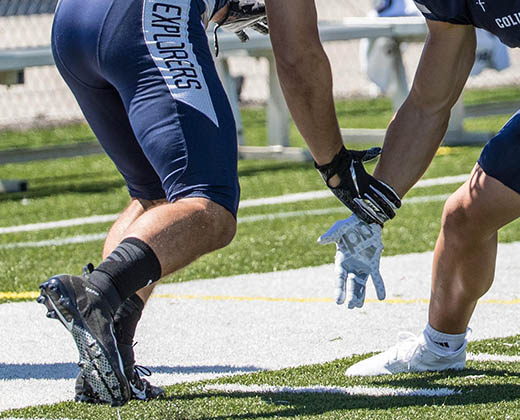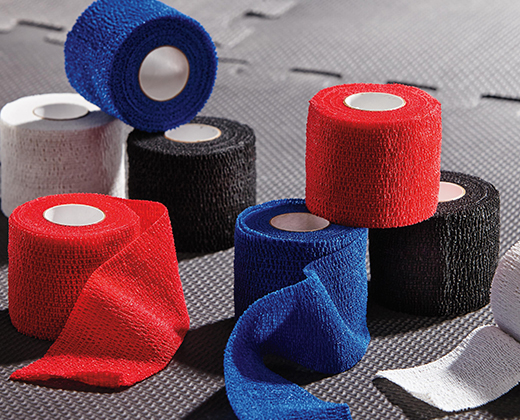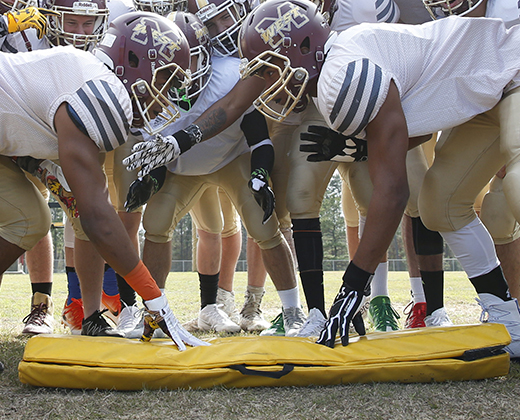Football Cleats buying guide
No matter if you are a defensive back, quarterback or lineman, you need cleats that offer traction, support and comfort.
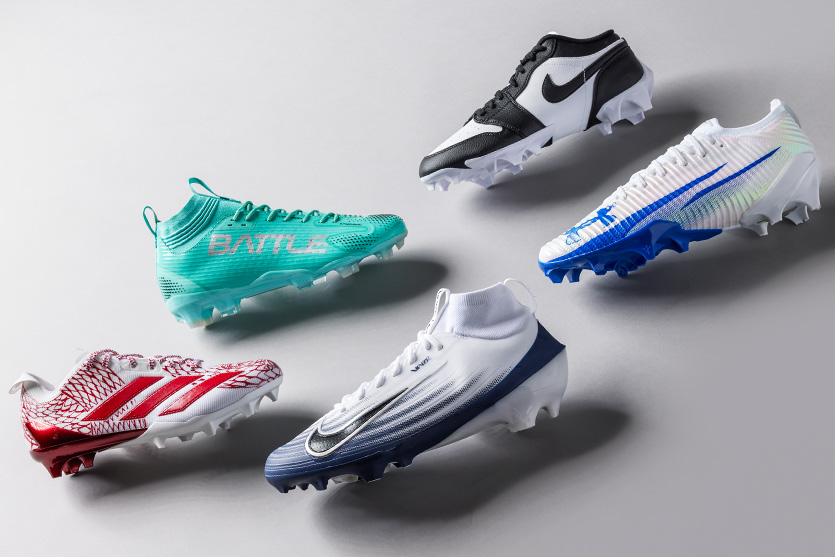
When it’s the fourth quarter and the game is on the line, the right pair of cleats can help carry you into the end zone.
With so many options to choose from, finding the right football cleats can be overwhelming. However, Pro Tips is here to help you learn more before suiting up.
ANATOMY OF A FOOTBALL CLEAT
While football cleats may look similar, every part plays a role in your on-field performance. Here’s a quick look at the key components:
Upper: This area includes laces or straps for a secure fit. Uppers are typically made from durable synthetic materials that resist impact and weather.
Midsole: Located between the upper and outsole, the midsole provides cushioning and shock absorption, enhancing comfort during play.
Outsole: This is the base of the cleat, usually made from molded rubber or plastic. It provides stability and helps maintain balance.
Studs/Cleats: Found on the bottom of the outsole, these deliver the traction you need to cut, accelerate and stop. Their shape and configuration affect performance on different surfaces.
Heel: Most cleats include a heel counter, which helps keep the heel stable and prevents it from collapsing during play.
FOOTBALL CLEAT STYLES
Choosing the right football cleats is a key component to helping boost performance, stay comfortable and prevent injuries. The ideal cleat often depends on a player’s position, height and playing style. Here's a breakdown of the main cleat types—and why the right fit matters.
Low-cut cleats offer maximum mobility and a lightweight feel, making them perfect for players whose games rely on speed and agility. Wide receivers and defensive backs often prefer low-cut style because they allow for quick cuts, rapid acceleration and sharp changes in direction.
Mid-Top Cleats
Mid-top cleats strike a balance between mobility and ankle support. They're a great option for players who need both agility and protection, like linebackers and running backs. This style helps reduce the risk of ankle injuries while allowing for quick, explosive movements.
High-Cut Cleats
Designed for enhanced ankle stability, high-cut cleats are ideal for linemen and taller players who need extra support in the trenches. These cleats help protect against twisting motions and high-impact contact, offering strength and security where it matters most.
TYPES OF FOOTBALL CLEATS
When selecting football cleats, you'll choose between two main styles: molded and detachable. The right option depends on field conditions, league rules and personal preference.
Molded Cleats have non-removable studs permanently attached to the sole of the shoe. They’re a popular choice for the reliable traction they provide and their versatility across different playing surfaces. Molded cleats also tend to require less maintenance than detachable ones, making them a convenient option for many players.
Detachable cleats feature replaceable studs that can be swapped out based on field conditions. This flexibility gives players an edge in varying weather or terrain.
- Shorter studs are ideal for dry, firm ground.
- Longer studs offer better grip on wet or soft fields.
The ability to adjust stud length makes detachable cleats a smart choice when field conditions are unpredictable.
Cleats come in a variety of sizes and are typically made of plastic or rubber. Always check your league’s equipment regulations before purchasing, especially in youth leagues where specific cleat types may be restricted.
YOUTH FOOTBALL CLEATS
Is your future MVP just getting started in the Pee Wee leagues? One of the most important things you can do is make sure their cleats fit properly. Proper sizing is essential—never buy football cleats that are too big with the hope your child will “grow into them.” Oversized cleats can affect performance and increase the risk of injury. A secure, supportive fit helps young players move with confidence and stay safe on the field.
FOOTBALL CLEAT SIZING & FIT TIPS
Finding the right cleat isn’t just about picking a style — it’s about ensuring comfort, control and injury prevention. Whether you're a lineman needing a stable base or a receiver chasing speed, a good fit makes all the difference.
Sizing Guidelines
Measure Your Feet Accurately: Use a ruler or measuring tape to find your foot length, then refer to the brand’s size chart. Cleats should feel snug, but not uncomfortably tight.
Factor in Sock Thickness: Always try cleats on with the socks you plan to wear in games, since football socks add bulk.
Leave Toe Room: Aim for about a quarter inch of space between your longest toe and the front of the cleat to prevent discomfort while maintaining control.
Fit Tips for Comfort and Performance
Try Multiple Brands: Cleat sizing can vary between manufacturers. If one brand feels too narrow or loose, explore others for a better match.
Check Heel Lock: Your heel should stay firmly in place without slipping. A secure heel helps reduce the risk of blisters and improve stability.
Break Them In: Wear cleats during practices or light training before game day to help mold them to your feet.
Replace When Worn Out: As cleats wear down, traction and comfort fade. If you notice reduced grip or foot pain, it's time for a new pair.
FOOTBALL CLEAT ACCESSORIES
You’ll find a variety of football cleat accessories that can help boost your performance on the gridiron.
It’s a good idea to buy extra shoelaces in case one breaks in the middle of a game or practice. Having a broken lace could pose tripping hazards.
If you have detachable football cleats, replacement studs are good to have. Make sure you buy the correct stud size so that the new stud does not change the balance or feel of the cleat.
Tape can help provide additional support for your ankles. This process is also called spatting. Learn more about the benefits of taping your cleats with Pro Tips.
With the right pair of football cleats, you’ll be ready to conquer every yard between you and victory.
Searching for the right size? Look for the True Fit icon on apparel and footwear product pages when shopping online at DICK’S Sporting Goods. Get personalized size and fit recommendations with just a few clicks. Learn more about True Fit.
GEAR UP FOR THE GRIDIRON
Cleats are just the start. Whether your player is suiting up for their first season or gearing up for varsity, having the right gear makes all the difference. From protective equipment to footballs, gloves and training essentials, we’ve got everything you need to hit the field with confidence.

